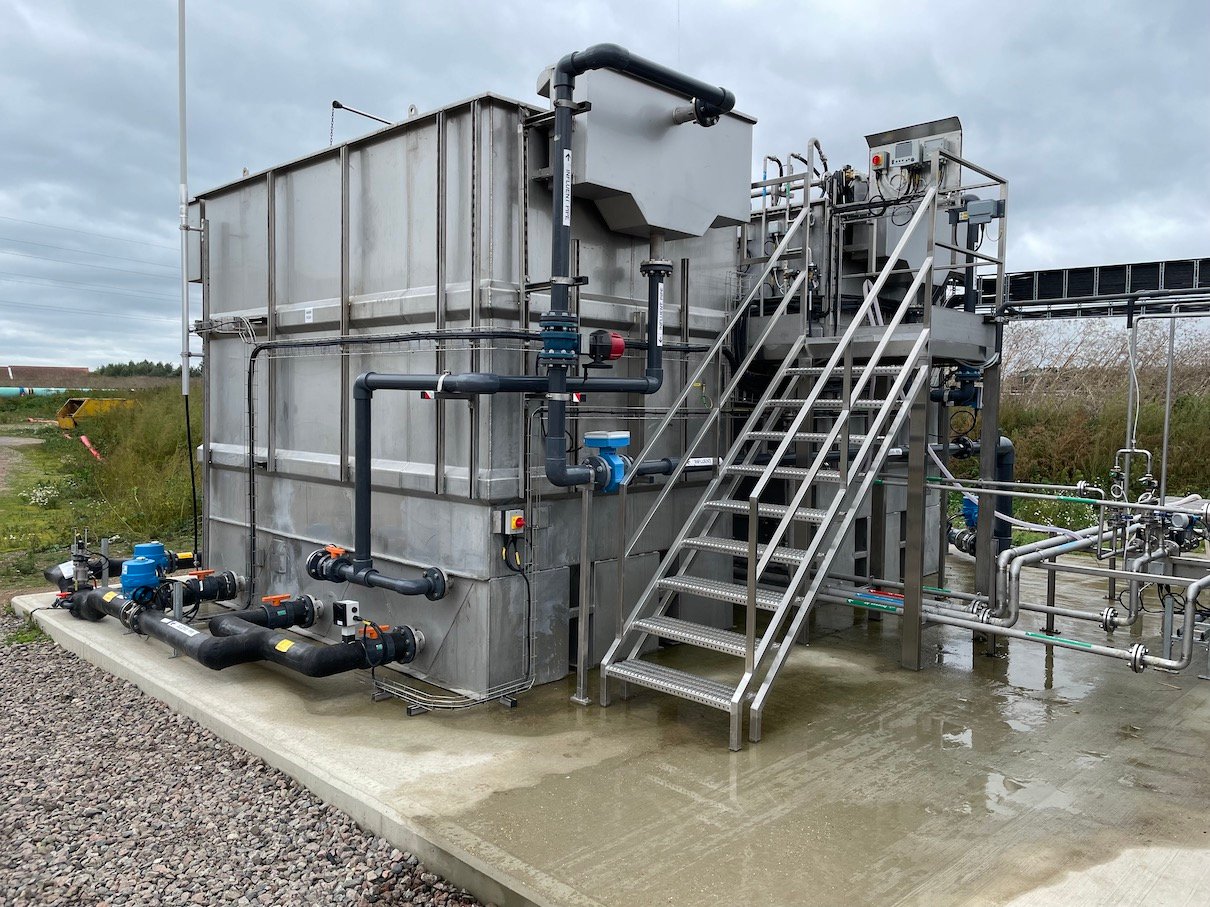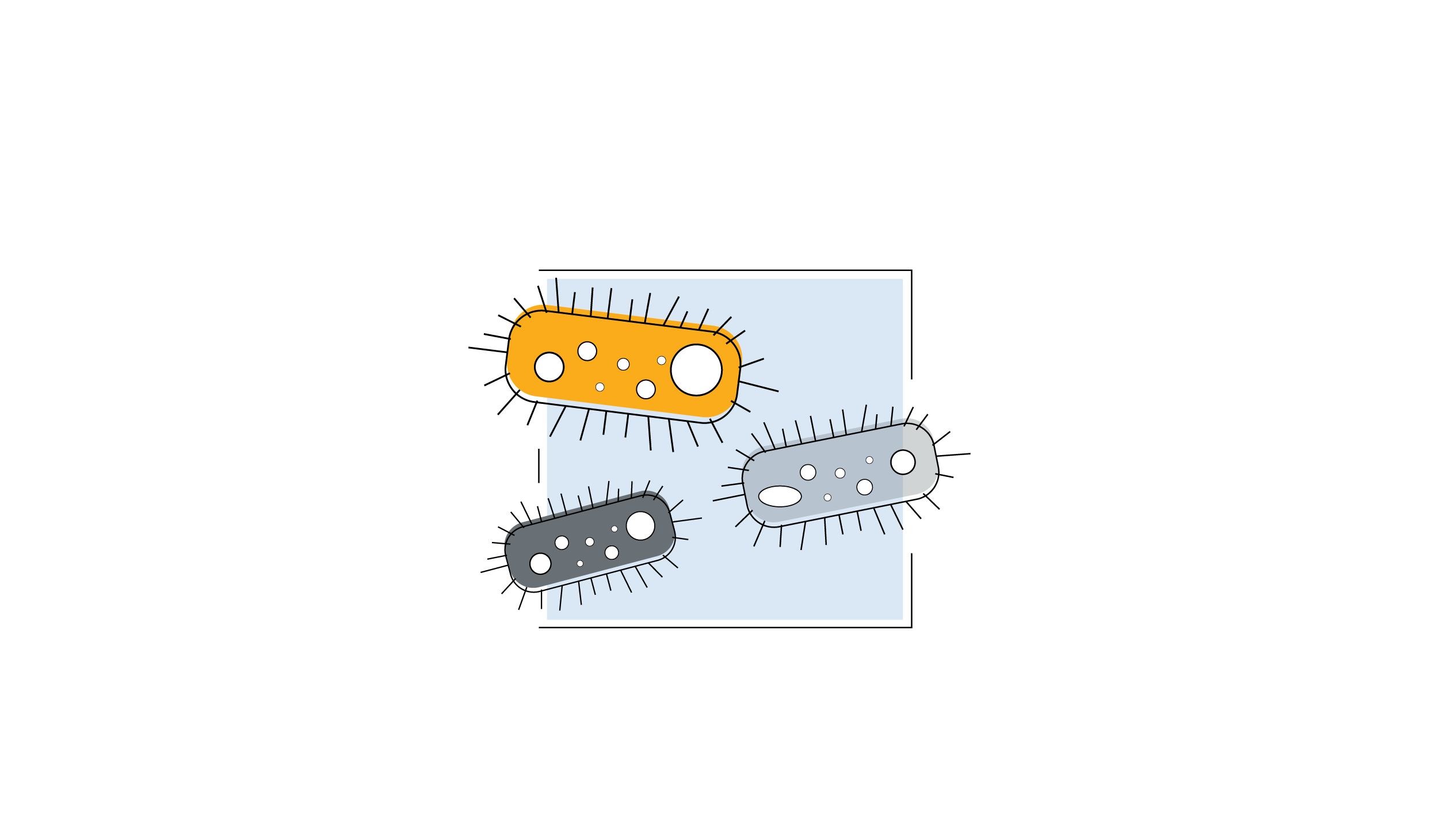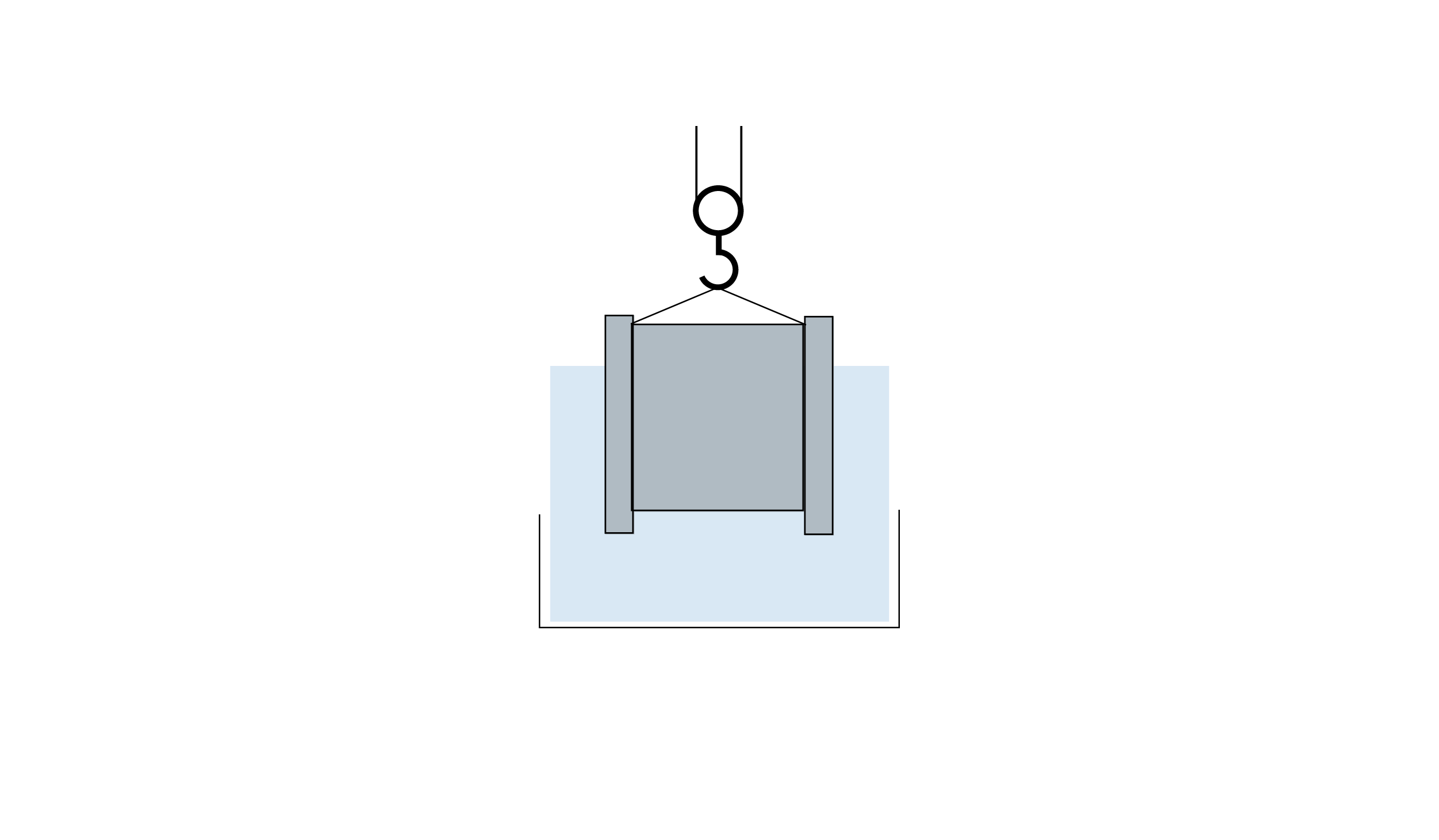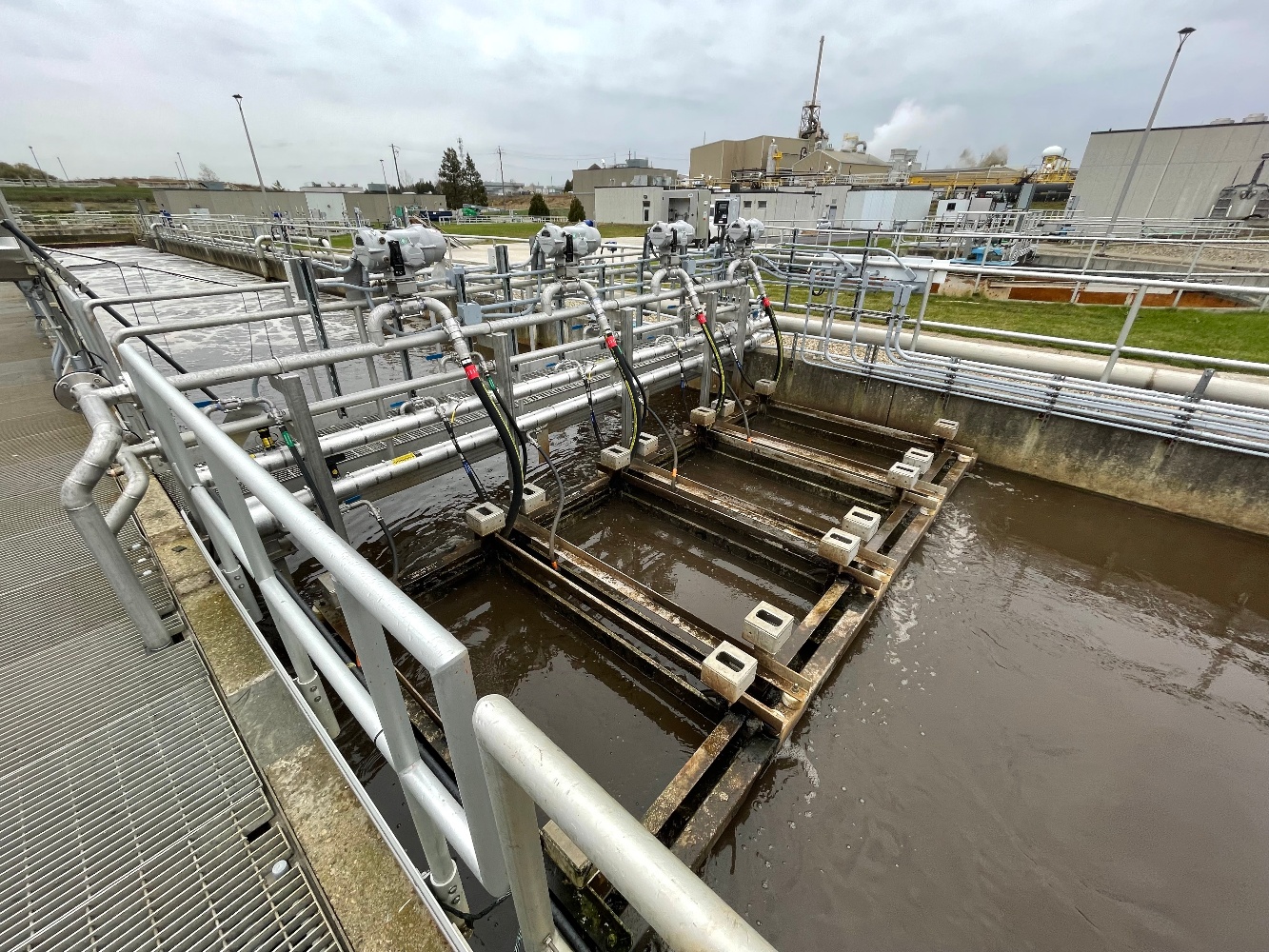Is MABR About to Enter Mainstream Wastewater Treatment?
A century has passed since the introduction of the Activated Sludge process
– but how far have we come in improving, developing and innovating for the challenges of today? Nowadays the activated sludge process is one of the most widely used wastewater treatment processes worldwide. It successfully treats municipal and industrial wastewaters and has returned water and river quality to a high standard on a global scale. However, the water-energy nexus discussion has begun in earnest and we are faced with a growing pressure to answer the arising issues. How do we combat the amounts of energy it takes to collect, move, treat and discharge water?
What is great about the water-energy nexus conversation is that it presents an incredible opportunity to innovate. Companies around the globe have emerged, developing ways to reduce the energy demand of existing technologies or create new technologies with an overall reduced energy footprint. OxyMem, the award winning solution, is focused on reducing the amount of oxygen delivered and ultimately providing a more energy efficient alternative aerobic biological treatment process. With the OxyMem system the MABR is positioned as a pioneer in the water industry and in the attainment of an energy and carbon neutral wastewater treatment plant. The OxyMem MABR solution offers significantly rates of removal, incredible energy efficiency, process resilience and lower sludge disposal costs, all in a fraction of the footprint when compared to conventional AS systems.
It seems that GE Water are soon to enter the market with their own MABR solution. An announcement made by General Electric last week detailed that they are to present a paper on their MABR at the Singapore International Water Week conference. We are definitely looking forward to hearing what is proposed by one of the world’s largest water companies. GE had previously considered entering the market with their first generation MABR, ZeeLung. It seems that the challenges identified during those trials have now been solved, and they are prepared to launch their MABR product. We welcome GE into the market with us and look forward to the competition which will be of benefit to the consumer. Competition ensures that the marketplace continues to evolve and transform and in doing so implies that MABR is on course as an attractive mainstream player.
While the activated sludge process has served us well, an exciting time lies ahead for the wastewater treatment sector. With so many technological advancements, perhaps we will see even more enter the market, making the MABR the new mainstream wastewater treatment system. After all, you know you are onto a good thing when others want to get in on its potential! Considering that the aeration process has only adapted (as opposed to innovate) in the past century, we can face the water-energy nexus debate with confidence that the MABR is indeed a solution for the future which is already delivering results.







